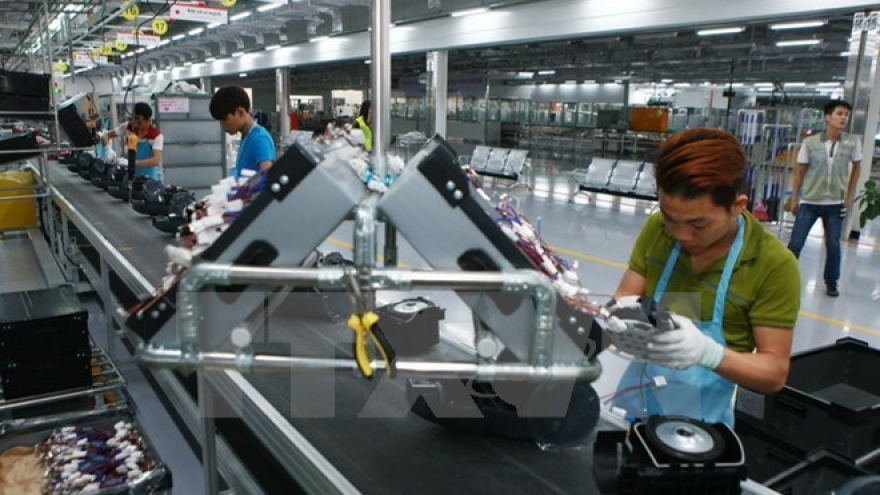Also, in the ten-month period, foreign investors penetrated the Vietnamese market with up to 5,342 mergers and acquisitions, with a combined investment of US$6.3 billion, surging by 35.8% from the year-ago period.
According to the ministry, January-October saw foreign investors pumping capital into multiple sectors, of which the manufacturing and processing sector was the most attractive, receiving a total of US$13.2 billion and accounting for 47.5% of the total registered capital.
The real estate sector came second, with US$5.7 billion, making up 20.4% of the total, followed by the retail and wholesale sector, with US$2.3 billion, representing 8.5% of total registered capital for the period.
As of October 20, it was estimated that FDI projects disbursed US$15.1 billion, up 6.3% year-on-year.
Regarding outbound shipments over the ten-month period, the FDI sector exported US$143.4 billion worth of products, including crude oil, up 13.2% year-on-year and equivalent to 72.2% of the country’s export revenue. Without crude oil, exports for the sector were US$141.6 billion, inching up by 13.9% year-on-year and making up 70.8% of the total.
Meanwhile, imports for the FDI sector were US$116.3 billion, picking up 11.7% year-on-year and accounting for 60% of total imports. This resulted in a trade surplus of US$27.1 billion, with crude oil included, and US$25.2 billion, exclusive of crude oil during the period.
According to the Ministry of Planning and Investment, between January and October, some 105 countries and territories invested in Vietnam, with Japan taking the lead with US$7.6 billion and accounting for 27.5% of the total. The Republic of Korea ranked second, injecting US$6.5 billion into projects, or 23.4% of the total, while the third largest investor was Singapore, with US$3.9 billion, making up 14% of the total.
